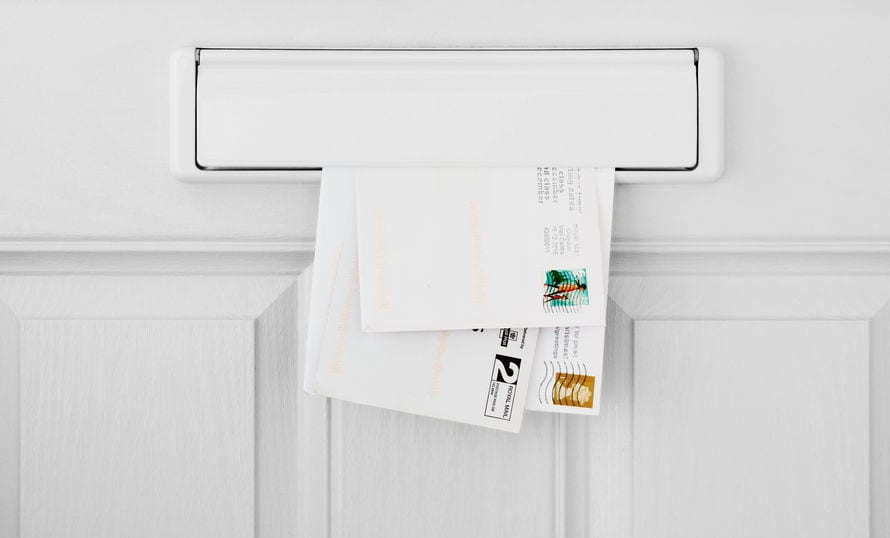Have you ever gotten an IRS bounced check notice and wondered what it meant? Do not panic. Dishonored payment means that the check you wrote to the IRS bounced since your bank account had insufficient funds to cover your tax debt payment. Thus, the check bounced and was returned.
What Is IRS Letter 608C?
If you receive IRS Letter 608C, your payment was dishonored and returned from the bank as unpaid. If the IRS sends you a letter like this, the agency has determined your check is bad and will not try to cash it again. It is not IRS policy to resubmit bounced checks.
What Do You Do If Your IRS Check Payment Bounces?
Before deciding what to do about a bounced check, taxpayers should weigh their options: funding the check, canceling it, or contacting the IRS to send another check. Penalty abatement is another option for taxpayers, especially first-time offenders and those with valid excuses for rejected checks.
Taxpayers need to double-check their records to ensure everything is in order, as a bounced check may give the impression that the taxpayer is trying to avoid paying their taxes.
Do You Need to Resubmit Your IRS Bounced Check or Pay Taxes Another Way?
Checks returned for insufficient funds (or NSF: Non-sufficient funds) are sometimes resubmitted to be cleared. If you receive notification that a check has bounced, it is in your best interest to deposit enough money into your bank account to cover the check as soon as possible.
Although the IRS does not resubmit checks, your bank’s clearinghouse may. Confirm with your financial institution or wait a few days. Also keep a close eye on your bank account to see if your check to the IRS clears. In addition to ensuring there is enough money in your account, you should find out whether a fee will be charged if the check is submitted a second time.
The check will not be considered a bounced check and will not be subject to an insufficient funds fee if it clears the second time it is submitted for payment. Please resend your payment and include the IRS bounced check penalty amount if your original check is returned.
How Much Is the Penalty for An IRS Bounced Check?
When the IRS receives a check for tax payment and it bounces, the IRS will assess a penalty equal to 2% of the check amount for amounts greater than $1,250. If the amount is less than $1,250, the penalty is either $25 or the check amount, whichever is less. A $25 fee is assessed if the check is between $25 and $1,250.
The IRS will also start collecting interest on the total outstanding amount, including the penalty if you do not make a successful payment. It is important to note that interest and penalties will continue to accrue until your entire tax debt is paid off.
In most cases, the IRS will not charge you a penalty for a dishonored check if you tried to issue a stop payment on the check or electronic payment, but it was not processed in time. However, there is a good chance that you will still get Letter 608C. If this is the case, you can request that the IRS waive your penalty by sending a copy of your stop-payment confirmation to the IRS address listed on your 608C letter.
Checking your balance before sending a check or making an electronic payment to the IRS is the best approach to avoid dishonored check penalties. Make sure you have enough money in your account to for your IRS payment plus other pending payments.
Can You Request Penalty Abatement for Dishonored IRS Payments?
Yes, you can request penalty abatement for a bounced check to the IRS if it is your first penalty and you have a good reason as to why your payment did not clear.
You can also dispute the IRS’s dishonored payment notice by writing a letter outlining why you do not think you should have to pay the penalty. Send a letter to the IRS, along with a check or money order, explaining why you believe the penalty should be eliminated and noting that you have received Letter 608C.
You must explain each Dishonored Payment penalty you have incurred. Be sure to include documentation from your financial institution, such as a bank statement or letter, to prove that you had access to the necessary funds to make the payment and were certain they would be accessible when the IRS deposited the check.
Put your signature and date on the statement, then send it along with the supporting documentation to the IRS address listed on your 608C notification.
If you need help, schedule a free call with us or start with a free evaluation.
6 Simple Questions. Free Evaluation.
Join our Newsletter
Enter your email address to join our free newsletter. Get all the latest news and updates.

